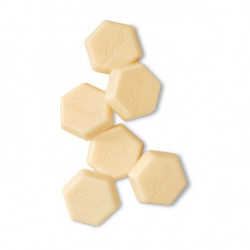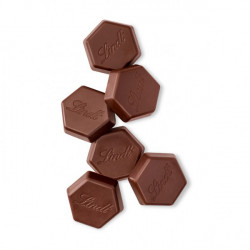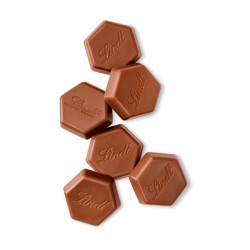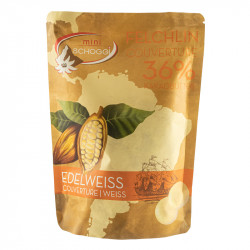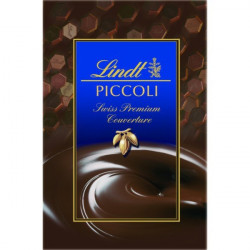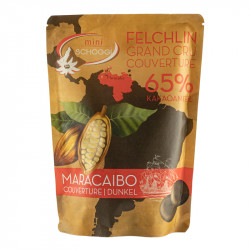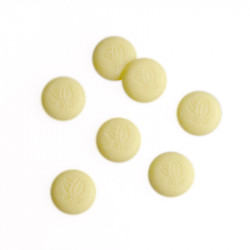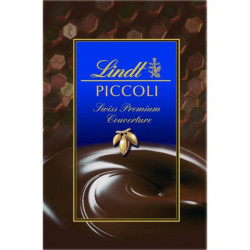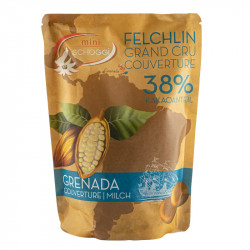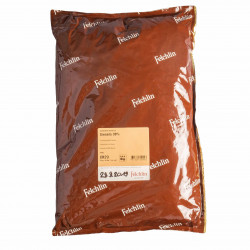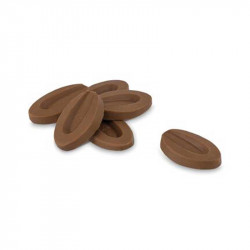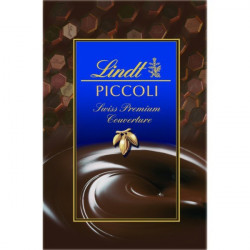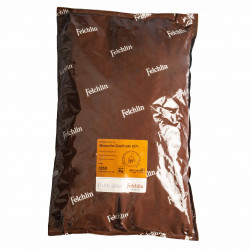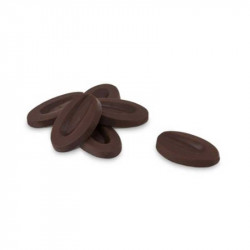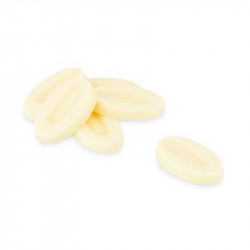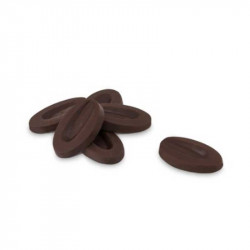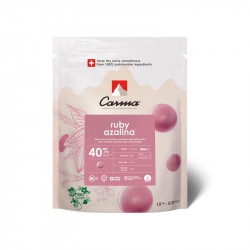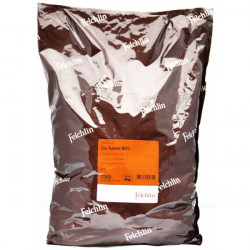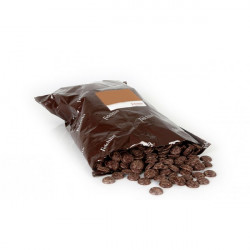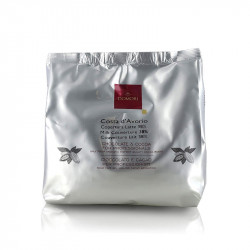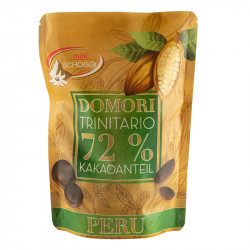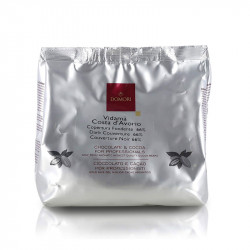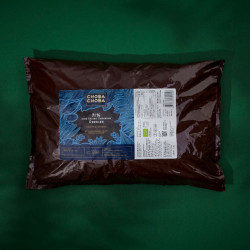-
MenuBack
-
Online Store
-
-
-
-
-
Leer
- Couverture
- Temperature control units
- Aids for chocolate
- Chocolate molds
- Praline fillings
- Chocolate ingredients
- Praline hollow body
- Chocolate colors
- Chocolate tattoos
- Chocolate packaging
- Bean to Bar
- Material for cutting chocolates
- Batons with Kirsch
- Airbrush for chocolate
- High Heels Accessories
- Textured films for chocolate
- Chocolate fountain & fondue
-
-
-
-
-
Kuchen & Torten
- Cakes Fillings & Ingredients
- Fondant & Marzipan
- Cakes tools
- Cake rings
- Silicone molds
- Baking pans for cakes
- Cake stand
- Cakes packaging
- Airbrush for cakes
- Sugar flowers accessories
- Cake Topper & Wedding Figurines
- Cakes dummies
-
-
-
-
-
-
-
-
-
-
-
-
-
-
-
-
-
-
-
-
-
-
-
Füllungen
- Baking chocolate
- Glucose & Sorbitol
- Cocoa beans
- Cocoa nibs
- Monin syrup
- Champagne & Alcohols
- Freeze dried fruits
- Cake & cake glaze
- Flours & baking ingredients
- Chocolate coating & chocolate
- Milk powder
- Granules
- Nuts & Nougat
- Fruit puree
- Creams & Fillings
- Egg yolk & egg white
- Fruit powder
- Special ingredients
- Fondant & Flower Paste
-
-
-
-
-
-
-
- Punching, cutting & embossing
- Mixing bowls & whisks
- Chocolate material
- Thermometer & Burner
- Gloves & Protective Material
- Smoothing & Modeling
- Roll out bar
- Dough scraper & horn
- (Flour) sieves
- Cake turntable
- Spatula & Spatula
- Silicone embossing molds
- Insert strips & cake slices
- Brushes & Tweezers
- Measuring cup
-
-
-
-
-
-
-
-
-
Ausstechformen
-
-
-
-
-
-
-
-
-
Courses
-
-
kurse
- Current courses
- Praline courses
- Chocolate courses
- Chocolate kiss course
- Macaron courses
- Cake courses
- Baking courses
- Patisserie courses
- Ice cream course
- Guetzli, Cookie & Confectionery Courses
- Bread courses
- Pasta courses
- Apéro course
- Cupcakes courses
- Éclair course
- Courses in Zurich - Adliswil
- Children's courses
-
-
- Team Events
- Hen Night
- Retail Store
-
About Us
-
-
-
DirectionsDownload relevant PDF now.
-
-
-
Recipes blog
-
-
Recipes Blog
-
-
-
Shipping and Payment
-
-
Versand/Zahlung/Impressum
-
-
- Online Shop
-
- Novelties
- Sale
- Chocolate and chocolates
- Couverture
- Temperature control units
- Aids for chocolate
- Chocolate molds
- Praline fillings
- Chocolate ingredients
- Praline hollow body
- Chocolate colors
- Chocolate tattoos
- Chocolate packaging
- Bean to Bar
- Material for cutting chocolates
- Batons with Kirsch
- Airbrush for chocolate
- High Heels Accessories
- Textured films for chocolate
- Chocolate fountain & fondue
- Couverture
- Gifts Cards
- Stencils & Stencils
- Cakes & Pies
- Ice cream
- Bread
- Macarons
- Hearty
- Recipe booklets & books
- Cupcakes
- Dessert
- Cake Pops
- Edible decorations
- Fillings & Ingredients
- Glucose & Sorbitol
- Cocoa beans
- Baking chocolate
- Cocoa nibs
- Monin syrup
- Champagne & Alcohols
- Freeze dried fruits
- Cake & cake glaze
- Milk powder
- Flours & baking ingredients
- Chocolate coating & chocolate
- Granules
- Nuts & Nougat
- Fruit puree
- Creams & Fillings
- Egg yolk & egg white
- Fruit powder
- Special ingredients
- Fondant & Flower Paste
- Food Colors
- Auxiliary means
- Spouts & piping bags
- Fondant, marzipan, flower paste
- Bakeware
- Aprons & Potholders
- Cookie cutters
- Season
- Candles
- Party accessories
- Tableware
All couvertures
There are 33 products.
Active filters
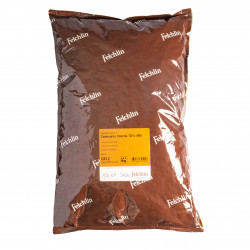
Felchlin Couverture Centenario Concha 70 % 48 h 2.0 kg
Various couverture
Shelf life of chocolate and couverture
If the chocolate/couverture is stored in an airtight container protected from light at a temperature of 18 °C, it will keep for a very long time.
Dark chocolate
Dark chocolate has the longest shelf life, usually at least two years.
Milk chocolate
Since the milk chocolate contains a large proportion of milk powder, this is somewhat less long edible than the dark chocolate. Normally, a milk chocolate has a shelf life of between one and one and a half years.
White chocolate
White chocolate has the least shelf life, between half a year and a year, depending on the manufacturer.
Chocolate with ingredients
The shelf life shortens, of course, with the addition of other ingredients to the chocolate/.
Couverture. For example, a milk chocolate with hazelnuts no longer has a shelf life of one year, but only half a year, as the nuts can become rancid. Thus, with any additional ingredient, its shelf life must first be checked. Suitable ingredients with a long shelf life are, for example:
- Freeze-dried fruits (raspberries, strawberries, bananas, pineapple, mango, etc.)
- Nuts (hazelnuts, almonds, coconut, pistachios, etc.)
- Cocoa nibs
- Dried fruits (cranberries, apricots, apples, berries, etc.)
- Caramel pieces
- Nougat (Nougat Montélimar Nibs)
- Popcorn flour
- Granules (passion fruit, wild berry, caramel or blood orange granules)
- Spices (chili, pink pepper, fleur du sel etc.)
Storage of chocolate and couverture
When storing chocolate/couverture, a number of things must be observed to ensure that it retains its quality for as long as possible.
Temperature
Chocolate and couverture are very sensitive to heat. The ideal storage temperature for chocolate is 18 °C. Moreover, this temperature should be as constant as possible.
Humidity
Since the chocolate/couverture is sensitive to moisture, it should always be stored in dry places.
Smell
Chocolate and couverture absorb foreign odors very quickly, so they should never be stored near strong-smelling foods.
Especially the white chocolate takes on foreign odors very quickly. To avoid this, the chocolate should be stored as airtight as possible. It is essential to ensure that the packaging is odorless.
Light
The chocolate/couverture also does not tolerate light well and should be stored protected from it. If chocolate comes into contact with air and light, oxidation occurs. The fat contained in the chocolate dissolves and the consequences of this are changes in taste and an unpleasant odor. The cocoa components of chocolate contain natural substances that delay the oxidation process. Chocolate with a higher percentage of cocoa mass is therefore better protected than milk chocolate. White chocolate contains no cocoa mass components and therefore has no protection at all, so it is particularly susceptible. To avoid oxidation, the chocolate must be stored in a dark and airtight place.
Refrigerator storage
For all those who prefer to enjoy their chocolate from the refrigerator: Each to his own taste but this preference has more to do with a reduced perception of sweetness due to the cold (perfect for cheap, highly sugary chocolate) than with good chocolate storage. An opened chocolate is exposed in the refrigerator to strong temperature fluctuations, a lot of moisture and strong odors from the rest of the refrigerator contents. Therefore, there is actually no worse place to store chocolate. If you still prefer to enjoy your chocolate cold in the future, it is better to put it in just before eating and avoid storing it in the refrigerator for a long time.
Chocolate/Couverture Storage
How do I store my leftover couverture?
Chocolate or couverture not yet completely used up? No problem! Pour the still liquid tempered couverture on a baking paper and spread with an angled spatula as evenly thin as possible. Then place the baking paper in the refrigerator for about 10 minutes or on the balcony in the wintertime until the chocolate has cooled down.
Once the chocolate or couverture has become nicely solid and shiny, it can be broken into small pieces and melted again for the next production or even used to inoculate the already liquid chocolate.
If the chocolate or couverture has become unevenly firm after cooling and has gray spots, this is not at all a bad thing. Break or cut the grayish chocolate into pieces and pack in an airtight container until the next melting. This grayish chocolate should not be used for inoculation, but can be melted in a tempering unit or over a water bath and inoculated with new couverture pieces.
The chocolate/couverture can also be left in the tempering unit straight away, but as a block this takes much longer to melt.

